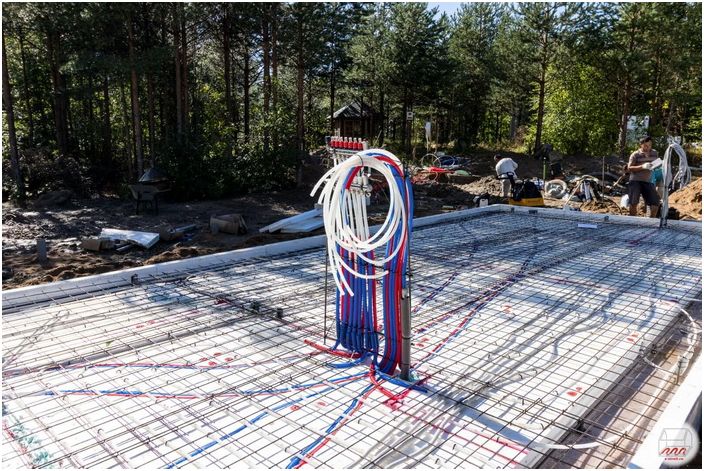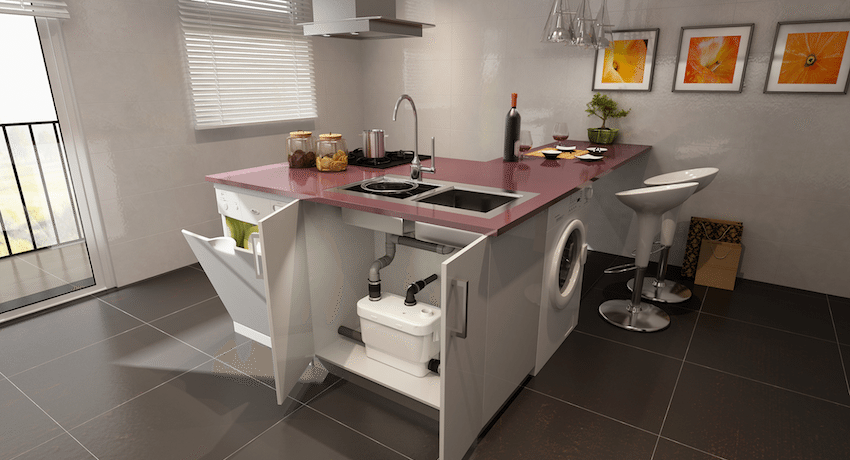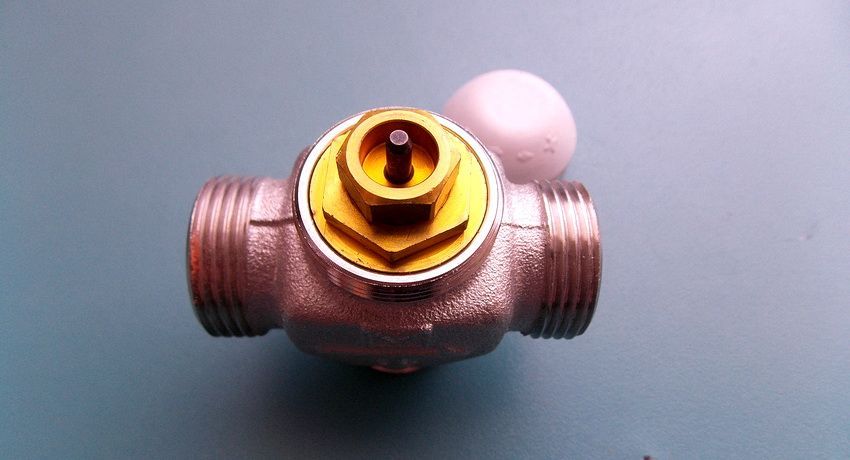There are several ways to heat a home currently on the market. Some solutions are cheaper – own fuel, others are more convenient – gas or electric. Each of the methods on the market has advantages as well as disadvantages. The choice of home heating should depend on the individual expectations of the owner and his financial capabilities..
What you need to know?

The heating system is an installation, one of the most expensive elements to maintain, both in terms of investment costs and in terms of daily operation..
There are different types of heating systems, for example:
-
wall-mounted;
-
radiator;
-
warm floor.
By the way of fuel, it can be heated with gas, electricity, fireplace or using a coal or wood boiler.
Which heating is better for your home? The choice is quite difficult. It all depends on the individual expectations of the homeowner and the financial component. If the owner does not want to kindle the fire in the boiler himself, add fuel, he appreciates more convenient solutions, he should choose the gas or electric option. The second way is more expensive.
Expenditure part
People who have houses in small towns, as well as firewood, find central heating with their own boiler using wood and environmentally friendly fuels to be the most profitable. The option with natural gas will cost a little more. Although after installing an innovative economical gas stove, a house with a size of even 200-250 m2 can be heated at a price 1.5-2 times more expensive than wood.
An alternative is the electrical method, which is great for small buildings as well as energy efficient structures. Then the energy consumption for heating such a house in winter will not be too large..
Choosing heating for a private house

The most affordable option is wood or coal. Heating by a fireplace is also possible, to which logs will be added for heating the rooms. But at the same time, the solution is the least environmentally friendly. When choosing, the following parameters are very important: the size of the heated area, financial capabilities, the location of the city and the provisions of the local territorial development plan.
You can choose the traditional solution or the latest technology, which includes electric heating and home furnishings with solar collectors that heat water for everyday use. Modern heating of buildings is based on photovoltaic batteries, which are environmentally friendly and pay off very quickly.
Central heating is provided by a coal stove. This is the most commonly used solution and is also cost effective. The fully fossilized coal stove has an attractive purchase price. The coal stove provides low operating costs, but the disadvantage is constant combustion control as well as the addition of fuel to provide heat.
A gas boiler is a convenient solution due to its high usability, uniform temperature distribution. The boiler does not emit dust, smoke, which can pollute the room.
The last type of heating is electric. This is the cheapest solution to install. Another benefit is easy room temperature control. Low investment costs and fast heat distribution are the advantages of this system. The downside of such heating is high operating costs. Electricity prices are rising from year to year, which does not contribute to the transition to electric heating for low-income families.

